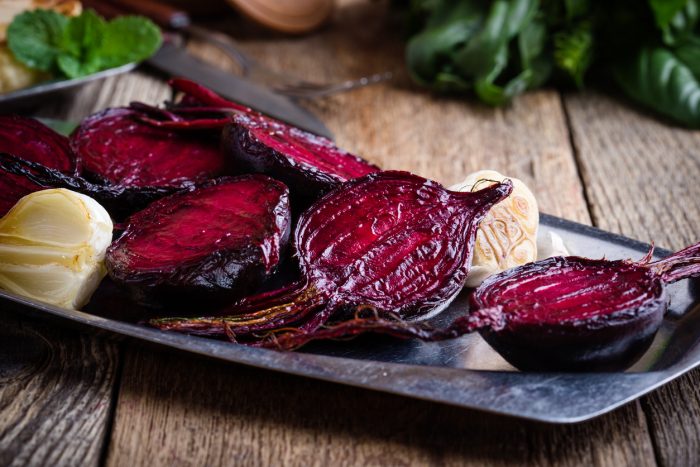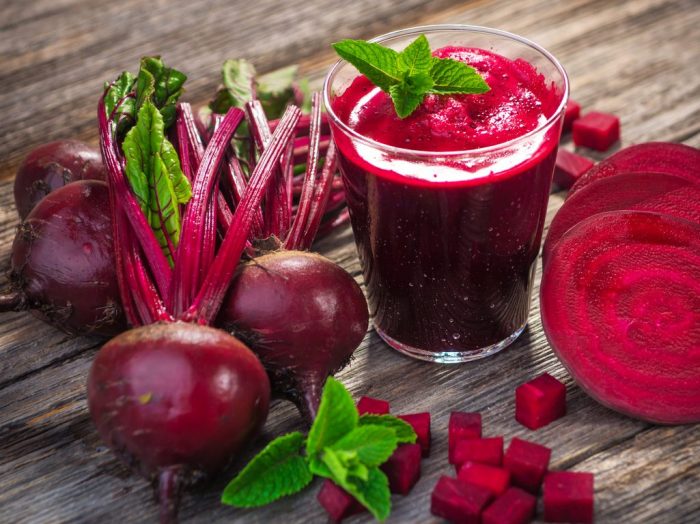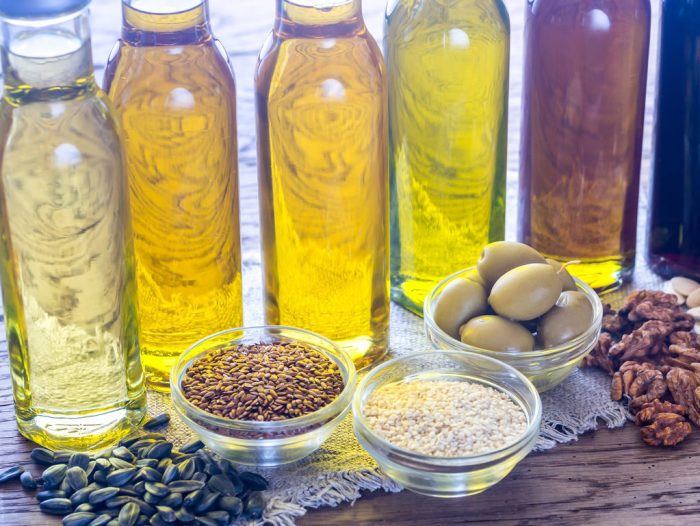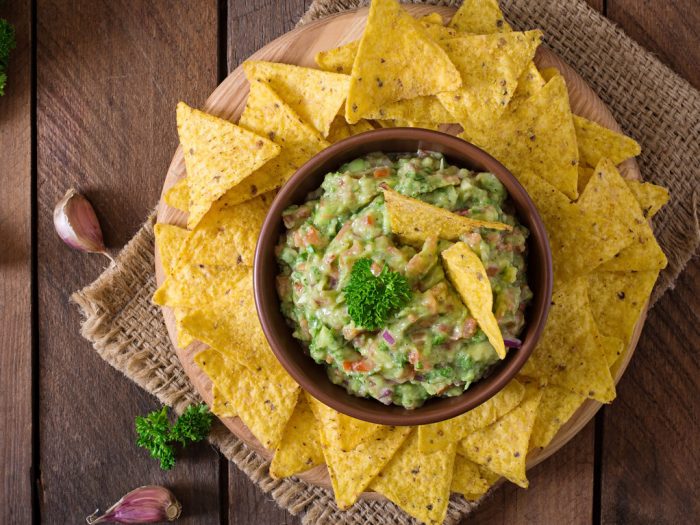Beets can be off-putting because of their rootiness and their unparalleled ability to make a mess out of your kitchen and hands. But cooking beets can also be quite the unexpected pleasure, as I’ve recently found out. And I want to share the glee with everybody.
What sort of mysterious destiny has brought beets my way recently? Let me explain: two new friends have shared beet-related stories with me and since I’m obsessed with stories, now I kind of see this root in a rosy light (sorry for this bad attempt at a pun). One of them taught me cooking beets without much fuss but with plenty of flavors. And the other one recounted this charming story of him spending one whole night rifling through crates of frozen beets, trying to find some still viable ones. He had red hands for the next week, he said. And I guess through both of these moments, I’ve found the beeting heart of beats. Promise I’ll stop right now with the puns.
Until earlier this year, I really hadn’t tried beets. Their texture seemed off-putting and the color thing, a bit unnatural. My, how things change!
The health benefits of beets
These rooty darlings have a sweet and earthy flavor that you shouldn’t miss out on. They’re also super-healthy, loaded with vitamin C, folic acid, and potassium. You can find many varieties out there, only some of them are a deep red. There are bright gold ones or red and white stripes one.
What else are they good for? Well, they’re low in calories, so they’re diet-ready, and they contain plenty of fiber. Beets are also rich in nitrates and pigments that might help lower your blood pressure and help boost your athletic performance.

Before cooking beets
When you choose them at the market, make sure they have leaves still attached or at least a few inches of stem. Because they keep the juice from seeping out during cooking. Touch them a little: their skin should be smooth and dry, without soft or dark spots. Also look at the stem and make sure it’s still green. You can keep them in the fridge for up to one week.
When you cook with them, make sure that you wear gloves and protect other surfaces in the kitchen. Then, scrub the beets with a brush under a stream of water. Now, I’ve had mature beets with skin on that tasted just as tender as skin off, so I opt out of peeling them. But if you don’t like that, feel free to remove the skin with a vegetable peeler.
How to cook beets
After you wash them and brush them, cut the beets into pieces and boil them in salted water for about half an hour or until tender. Then drizzle some olive oil over the pieces, some chopped garlic and a bit of lemon juice. And then you can eat them! But if you’re looking for something a bit more sophisticated, then check out how you can integrate beets into your diet.
One idea is to make these wonderful beet rolls.
Ideas for cooking beets
A nice, easy way to deal with beets is to pickle them and use them in salads. But if you’re not really up for that, then you can do so many more things. You can make a delicious beet spread, even a hummus, by roasting the beets and then adding tahini, chickpeas, olive oil, and lemon. Blend everything together, then eat with salty crackers! It will be to die for!
You can also use beets in a savory tart, bake them into cupcakes or even add them to a sandwich. As you can see, the possibilities are limitless, because beets go well in savory dishes and sweet dishes. No matter what you use them in, they will still be one of your healthier ingredients in the kitchen.
For more recipes, we think you should go here and explore for yourself the wonderful world of beets!






